The NDSS is administered by Diabetes Australia
- /
- Understanding carbohydrates
Carbohydrates (also known as carbs) are important for living a healthy and active life.
It might seem like carbs can make mealtimes tricky, but they play an important role in our body.
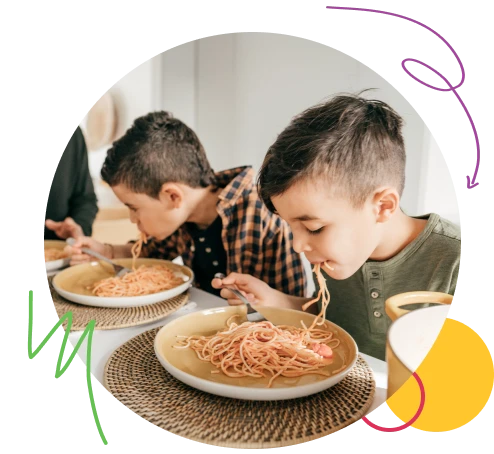
Carbs give our body the fuel it needs to do pretty much everything!
If you’ve been newly diagnosed with type 1 diabetes, learning about carbs and carb counting might make you feel more confident about mealtimes and what you can eat.
Carbs is the name that we give to the group of foods that our body turns into glucose. Carbs are found in all kinds of foods, like bread, pasta, fruits, and vegetables. They are also found in drinks, like soft drinks, milk, and fruit juice.
When you eat or drink carbs, your body breaks them down into glucose. The hormone insulin then moves the glucose from the bloodstream into body’s cells, where the glucose is used for energy.
When you live with type 1 diabetes, you no longer make insulin. Without insulin, glucose builds up in the bloodstream. That’s why when you eat and drink carbs, you need to replace the insulin your body can’t make. Replacing insulin makes sure that the glucose from the carbs moves out of the bloodstream and into the cells in your body.
Knowing what carb foods are and how to count how much carb is in the food you’re eating will help you replace the right the amount of insulin for the amount of carb in your meals and snacks.


So why should we eat carbs? You might think that if carbs raise blood glucose levels, it might be better not to eat them. There is a lot of wrong information about carbs out there. We don’t always hear the good things about carbs.
Energy
Carbs turn into glucose in our bloodstream. Glucose is a great source of energy (also known as fuel) for our body. We use glucose in the same way that a car uses petrol. Carbs provide fuel for our body’s cells and our brain.
Dietary fibre
Carbs can have a lot of dietary fibre. Fibre is the part of food our body doesn’t absorb; you might have also heard it called “roughage”. Fibre is super good for our body, and it helps keep blood glucose stable too.
Healthy gut
The fibre from carbs, like fruit, vegetables, whole grains, and legumes helps keep our stomach and gut bugs happy and healthy.
Vitamins and minerals
Carbs are rich in the vitamins and minerals we need for good health.
Knowing the amount of carbs in your meals and snacks will allow you to understand how a food may impact your blood glucose levels. You will use carb counting skills to adjust your rapid-acting insulin dose based on the amount of carbs that you plan to eat or drink at meals (or for snacks).
At first your diabetes health professionals can help you learn how to adjust your rapid-acting insulin according to your carb intake. This will give you some flexibility in your eating pattern and over time you will master it yourself.
The good news is that the skill of carb counting pays off on a day-to-day basis and in the longer-term too. You will most likely to see less frequent blood glucose rises above your target range after a meal. This can reduce your risk of health problem from your diabetes in the future.

Get to know your carbs
Carbs help give the energy that keeps your body going.
Understand the food groups
Enjoy food from each of the five food groups to help you feel well.
Count carbs
Make sure your body has the right amount of fuel to live life and keep your blood glucose levels in your target range.

Including the natural sugar in fruit (fructose) and milk or yoghurt (lactose) or the added sugar in soft drinks and many packaged food.
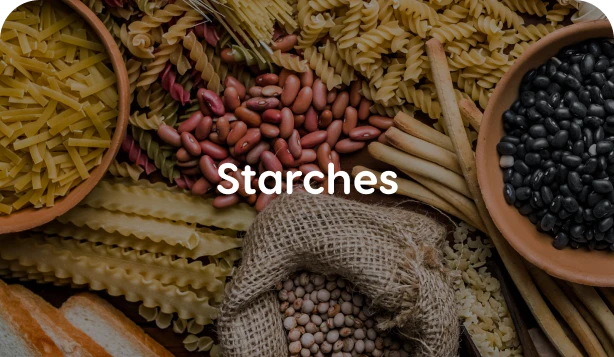
We all need variety of healthy foods from each of the five groups each day.
Think about the Glycaemic Index (GI) and the impact of high and low GI foods on your blood glucose levels.
Activity
You might be surprised about the types of food that contain carbs.
Carbs are found in any type of bread. They are found in cereal and grains. They are also found in rice, pasta and noodles.
The vegetables with the most carbs that will impact your blood glucose levels are potato, sweet potato, taro and corn. They are also called “starchy vegetables”.
These vegetables contain carbs no matter how you cook them. Potatoes for example, can be mashed, roasted, boiled, or fried. Even potato crisps contain carbs. You will also see a slow rise in your blood glucose levels with legumes such as lentils, chickpeas, kidney beans and pulses.
There are lots of vegetables (fresh or frozen) that contain little or no carbs they are sometimes called “free foods”. They include your green leaf vegetables or salads or non-starchy vegetables.
Did you know carrots, peas and pumpkin fall into the “non-starchy” group? You may find your blood glucose levels rise though if you eat a large quantity.
All fruits contain carbs, including fresh fruit, tinned fruit, dried fruit, and fruit juice.
Did you know that berries such as blueberries and strawberries are low in carb. You may find your blood glucose levels rise though if you eat a large quantity.
Milks including full fat, reduced fat and skim milk all contain carbs and foods that are made from these milks also contain carbs.
This is a tricky one! Cheese and cream do not contain carbs even though they are made from milk. The lactose is fermented off during the making of these foods.
Protein foods have very little carbs, provided you’re not having large servings in a meal. Some people find their blood glucose levels are high after eating high protein and high fat meals containing carbs.
Did you know legumes can be a protein source for those that prefer to not eat animal sources of protein?
These all contain carbs. The carbs found in these foods are different to the carbs found in the five food groups above. Sometimes foods are usually sweetened with added sugar, and are very low in essential vitamins and minerals.
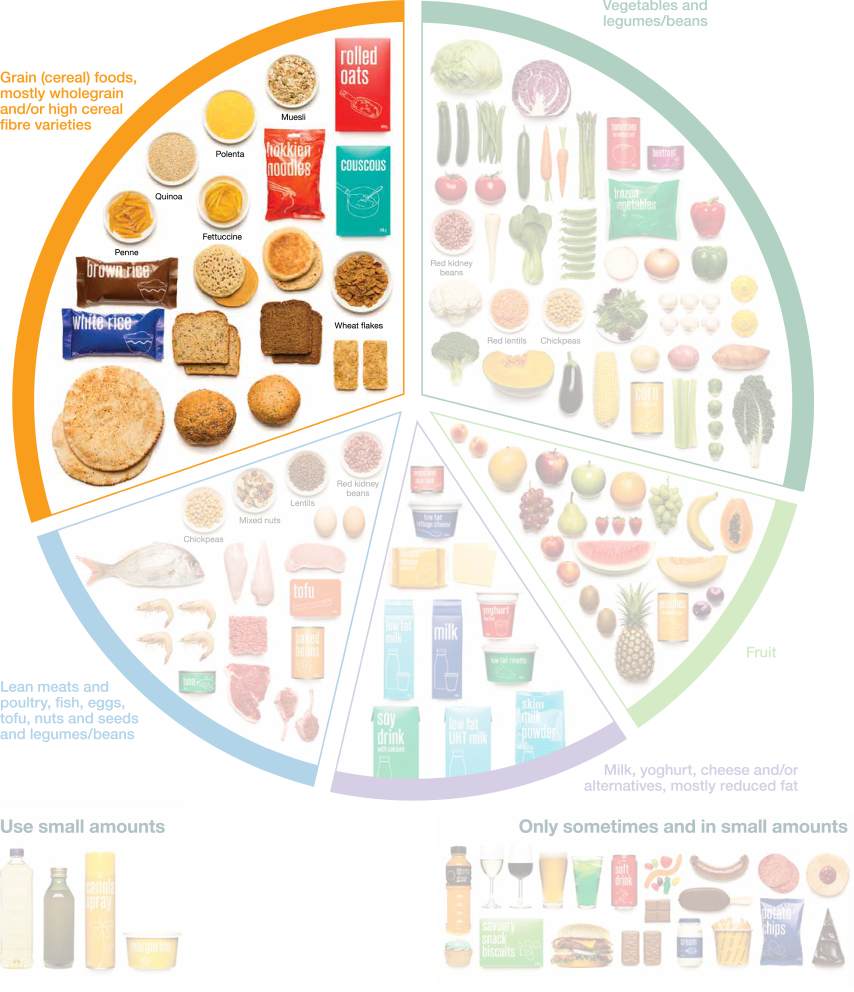
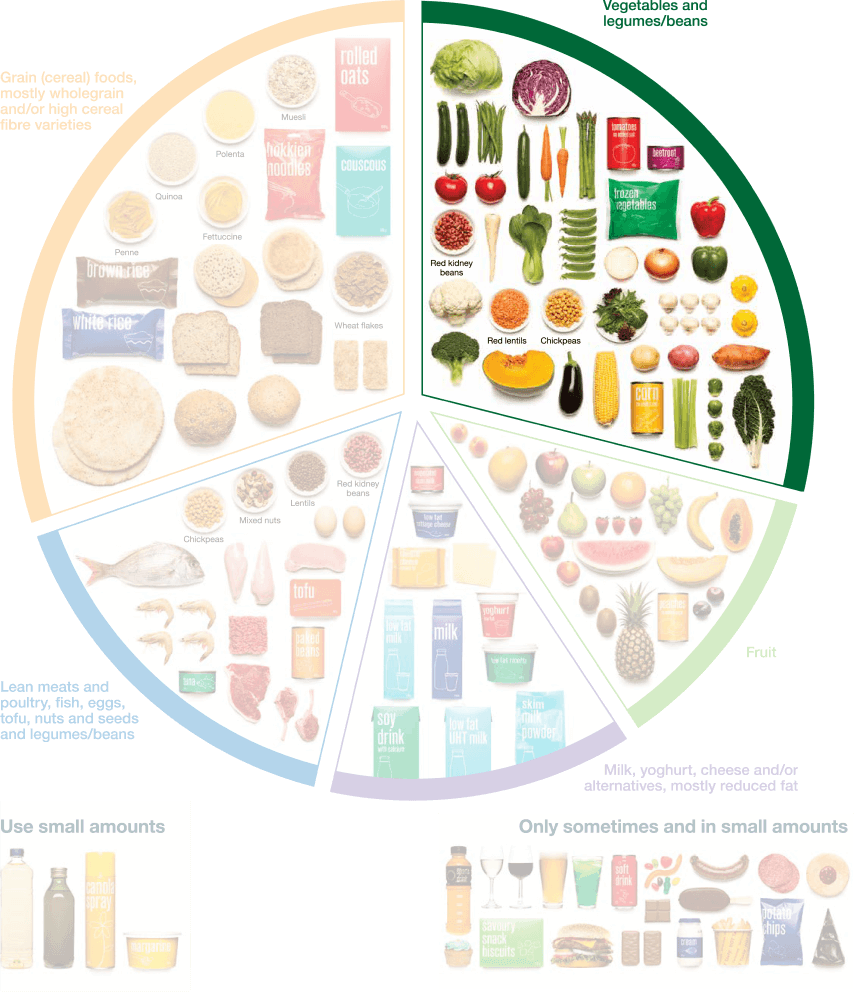

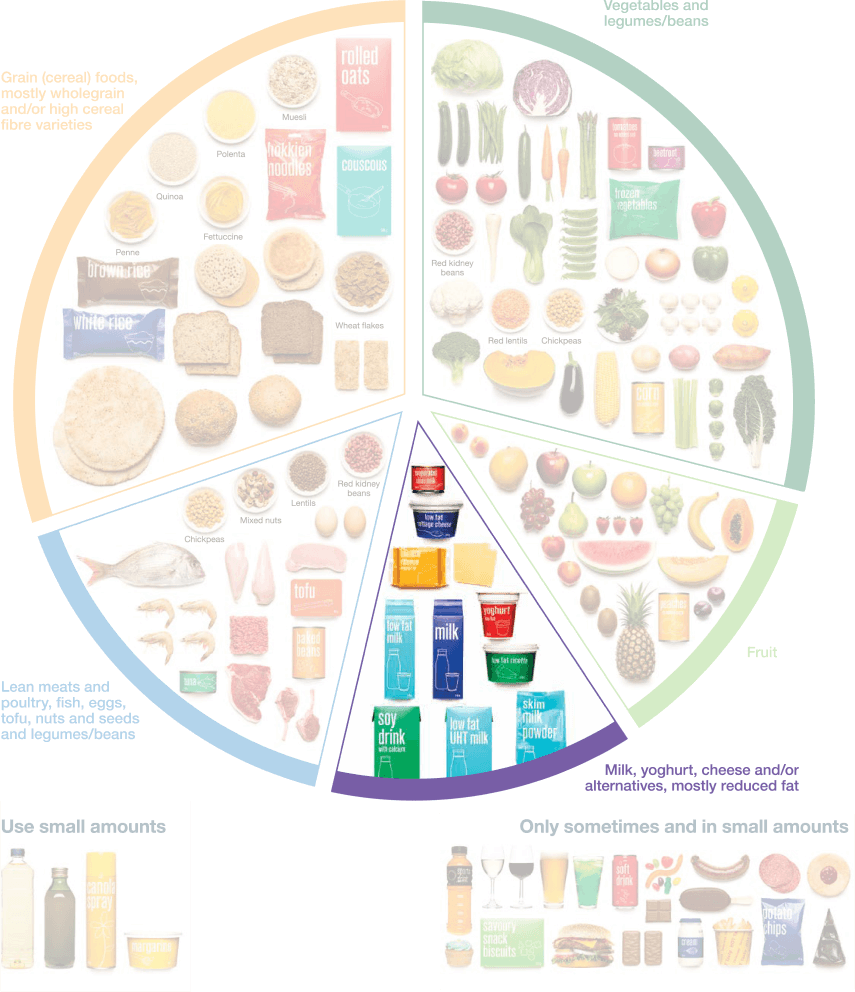
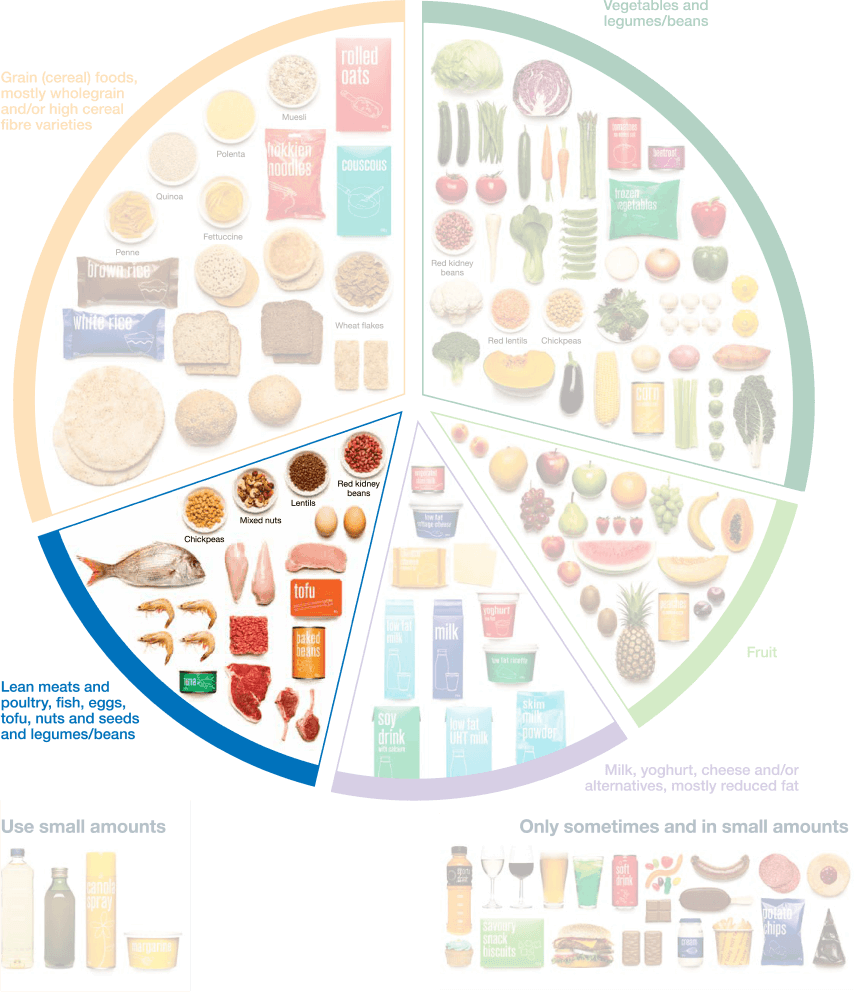
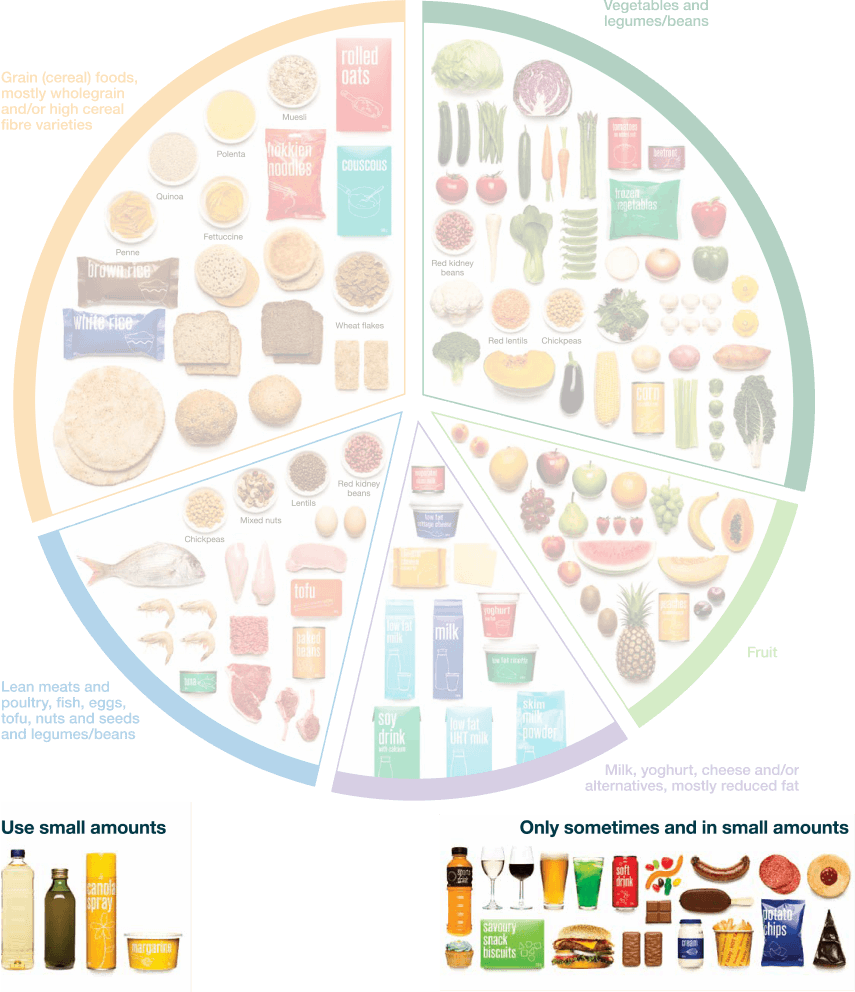
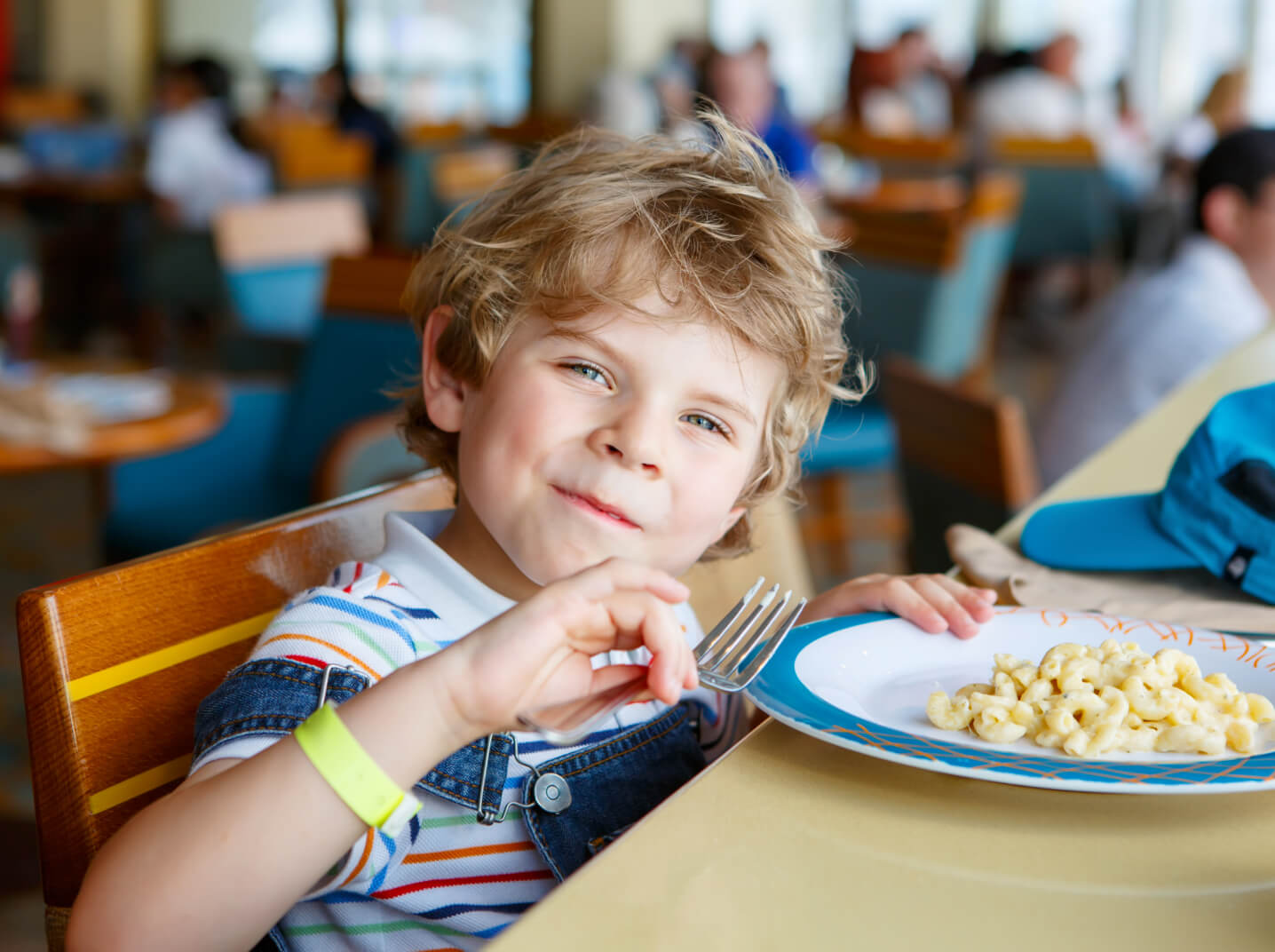
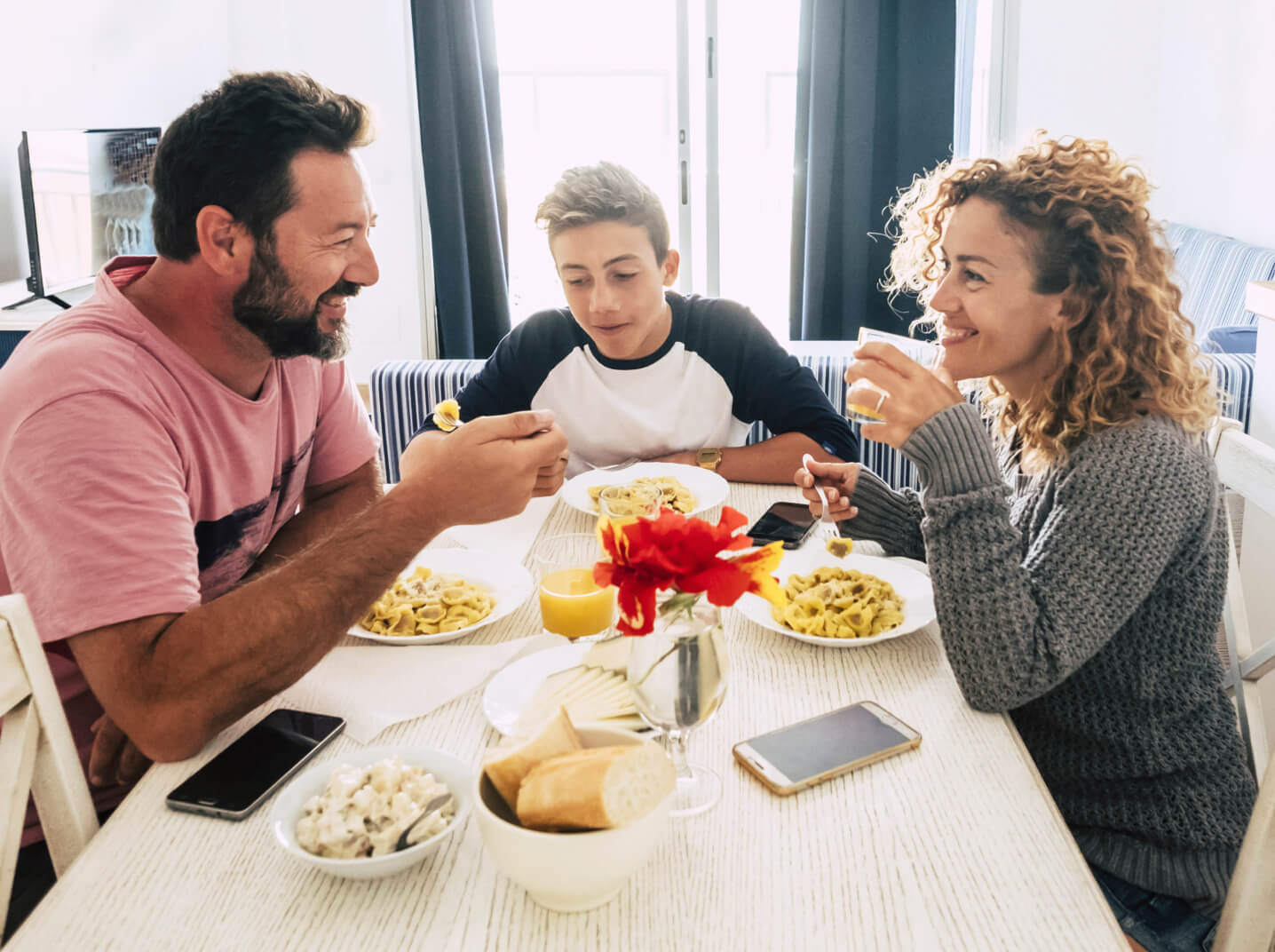

Great news. Low GI foods will make you feel fuller for longer, while giving you energy through the day.
Just remember, that even though a carb is low GI, too much can still affect your blood glucose level.

Try to include healthy low GI carbs at each meal.
Replace high GI carb foods with lower GI options. You can swap some high GI carbs in a meal with low GI options to lower the overall GI of the meal. Speak to a dietitian about lowering your meals’ overall GI.
Find out more about the different types of foods that are low GI. With knowledge, you’ll become confident in choosing the best foods for you.
Jellybeans and other types of lollies are high GI. They release energy quickly.
Sometimes jelly beans are used to treat hypoglycaemia (hypo) because they raise the blood glucose level quickly.
Most fruits have a low GI. The GI in some fruits, such as bananas, can be higher as they ripen.
This is a tough one!
Different types of rice have different GI levels. Basmati and Doongara™ rice are good low GI options. Others, like Jasmine rice, Japanese sushi rice, and Arborio rice (used in risottos) are high GI. If you’re out for dinner, or at a friend’s house, don’t be afraid to ask about the type of rice.
Milk, soy milk, yoghurt and custard have a naturally low GI.
Look for low fat, unsweetened varieties.
Surprise! Potato chips are low GI – but they’re not an everyday food choice.
Carb foods, even if they have a low GI, can have a lot of added saturated fat and salt aren’t necessarily a healthy option.
This sweet treat is low GI but it’s not an everyday food because it’s also high in fat and low in essential vitamins and minerals.
Everyone has different appetites and activity levels which means that they may need more or less carbs than you. Just keep in mind that the total amount of carb you eat has the biggest effect on blood glucose levels.
High blood glucose level: If you eat or drink too many carbs at one time, your levels will rise.
Low blood glucose level: If you eat too little carbs or skip a meal, your blood glucose levels will drop, and you could be at risk of a hypo.
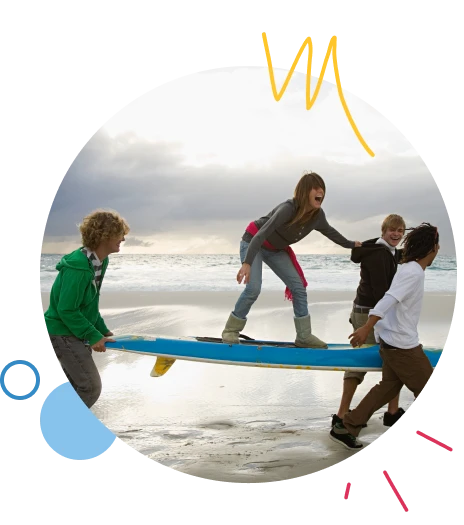
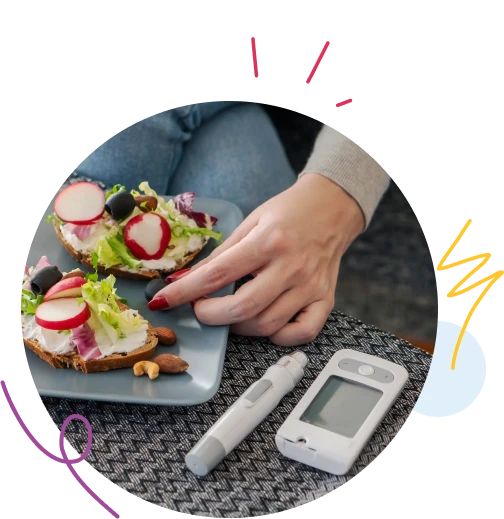
Check your blood glucose levels before and after a meal to see how a meal affects your blood glucose levels. This will show if you’re getting the balance right. Check your levels right before the meal and again 2 hours after you take your first mouthful.
The general guide is to aim for a blood glucose level of 10 mmol/L or less 2 hours after a meal. But everyone is different. Ask your doctor or diabetes health professionals for what after-meal target you should aim for.
If your blood glucose levels are above your after-meal target most of the time and you can’t explain why, it might be time for a carb counting refresher.
Speak to a dietitian for personlised advice and a carb counting review. If you’re a confident carb counter, it may be that you need to have your insulin doses reviewed. Reach out to your diabetes health professional for advice.
If you’re living with type 1 diabetes, you may have heard about carb counting. It’s an important tool for managing your blood glucose levels.
Carb counting is learning how much carb there is in your meals and snacks, so you know how much rapid-acting insulin to take to replace the insulin that your body no longer makes.
Carb counting will help you to keep your blood glucose levels within your target range. What is an insulin to carb ratio? Insulin to carb ratio (ICR) means you replace the insulin your body no longer makes with a set amount of rapid-acting insulin for a certain amount of carbs. This helps keep blood glucose levels in your target range when you have meals or snacks. It’s important to know your ICR. Ask your doctor or diabetes nurse practitioner what your ICR is and how to use it.